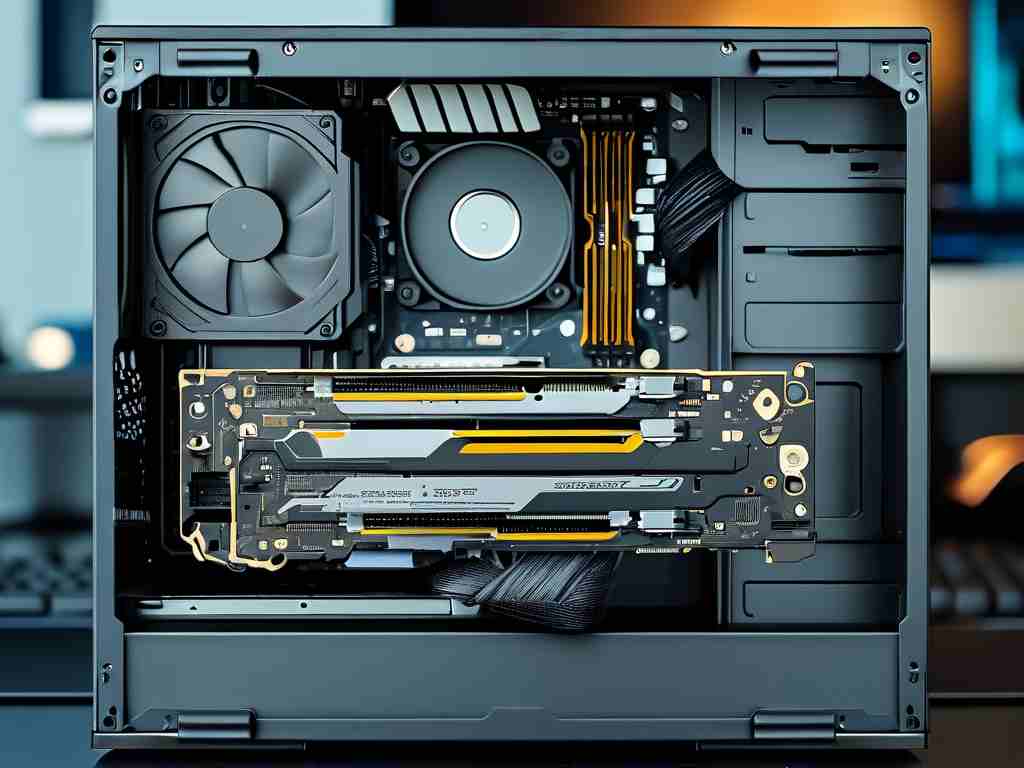In the realm of specialized computing devices, dual-screen rugged computers have emerged as critical tools for industries requiring durability and multitasking capabilities. These devices, designed to withstand harsh environments, raise important questions about their hardware specifications—particularly regarding memory capacity. Understanding how much RAM these systems require involves analyzing their unique operational demands and application scenarios.

Dual-screen rugged computers are deployed in military operations, field research, industrial automation, and emergency response scenarios. Unlike standard laptops, these machines often run multiple resource-intensive applications simultaneously across two displays. For instance, a field engineer might use one screen for CAD software while streaming real-time sensor data on the second display. This dual-interface workflow necessitates robust memory allocation to prevent lag or system crashes.
The baseline memory requirement for modern ruggedized dual-screen systems starts at 16GB DDR4. This capacity supports basic multitasking across productivity tools, communication platforms, and lightweight visualization software. However, specialized use cases demand higher configurations. Applications involving AI-driven image processing (e.g., drone surveillance analysis) or virtual machine operations may require 32GB or even 64GB of RAM. The MIL-STD-810G-certified Getac S410 laptop, for example, offers configurable memory up to 64GB for defense applications.
Three factors primarily influence memory needs in these systems:
- Operating System Overhead: Windows 10/11 Pro for Workstations consumes 2-4GB RAM before launching applications
- Software Stack Complexity: GIS mapping tools like ArcGIS Pro require 8GB minimum, while 3D modeling software such as SolidWorks demands 16GB+
- Data Throughput Requirements: Real-time data analytics pipelines may cache 10-20GB of sensor data in memory for rapid processing
Engineers often underestimate the memory impact of secondary features in rugged PCs. Hardware-level encryption modules, thermal monitoring systems, and shock detection firmware all consume additional RAM resources. A 2023 study by Teldor Group found that background processes in rugged devices consume 15-20% more memory compared to consumer-grade counterparts due to these protective features.
When upgrading or specifying memory for dual-screen rugged computers, consider these technical parameters:
- Memory Type: ECC (Error-Correcting Code) RAM for mission-critical operations
- Speed: DDR4-3200 or faster to handle simultaneous display outputs
- Expandability: Slots for future upgrades as software demands evolve
The Panasonic Toughbook 40 exemplifies this approach, providing two accessible SODIMM slots supporting up to 64GB DDR4 with optional ECC. This modular design allows field technicians to start with 32GB and expand later without replacing the entire system.
Industry benchmarks reveal interesting patterns. Construction firms using dual-screen rugged PCs report optimal performance at 24GB RAM when running project management suites alongside BIM software. In contrast, oil rig operators require 48GB+ configurations to manage drilling simulations and emergency response protocols concurrently.
Emerging technologies will further shape memory requirements. The integration of edge AI processors in next-gen rugged computers enables on-device machine learning but requires additional RAM allocation for neural network caching. Similarly, 5G-enabled field devices demand low-latency memory architectures to process high-bandwidth sensor feeds.
In , selecting memory for dual-screen rugged computers isn't a one-size-fits-all decision. While 16GB serves entry-level needs, most professional applications require 32GB as the new baseline. Organizations must evaluate their specific workflow demands, environmental conditions, and future scalability requirements when configuring these mission-critical systems. As software complexity grows and field operations become more data-driven, investing in expandable high-capacity memory solutions will remain crucial for maintaining operational efficiency in challenging environments.









